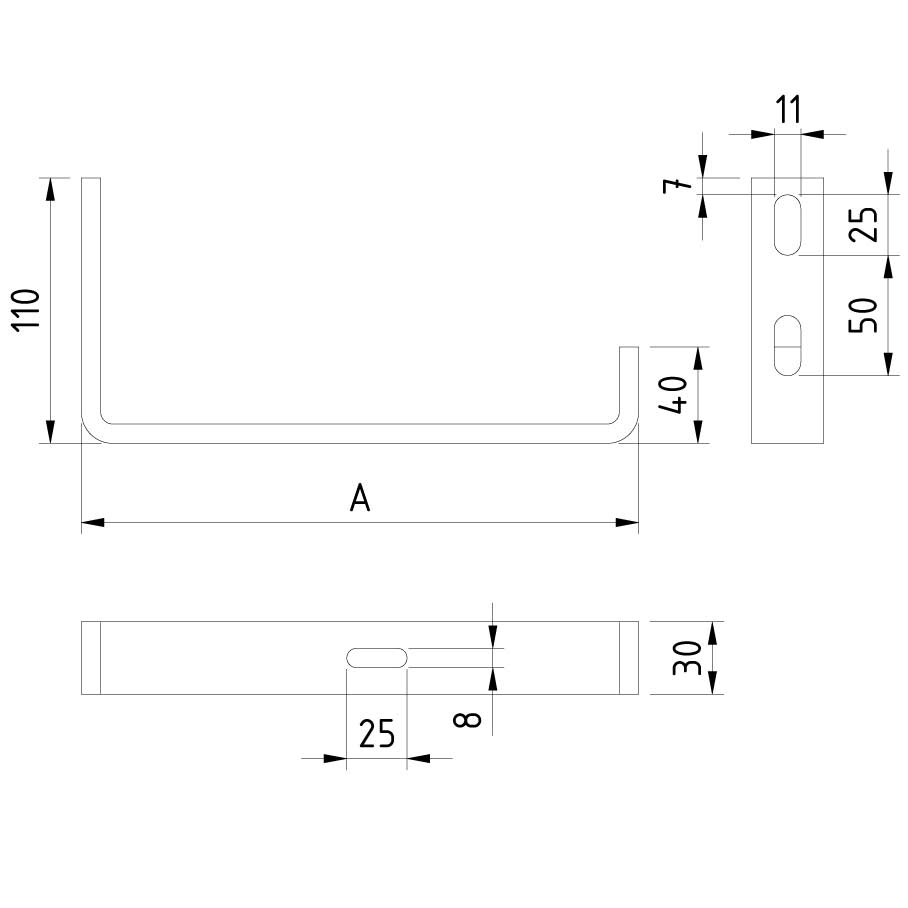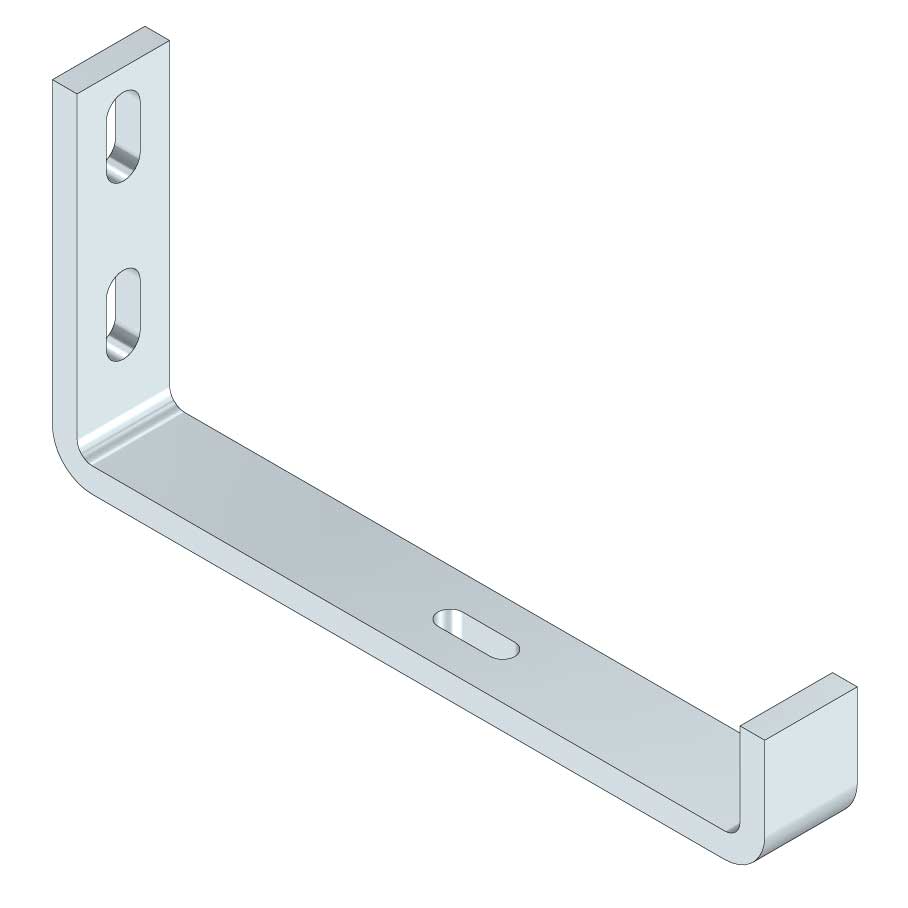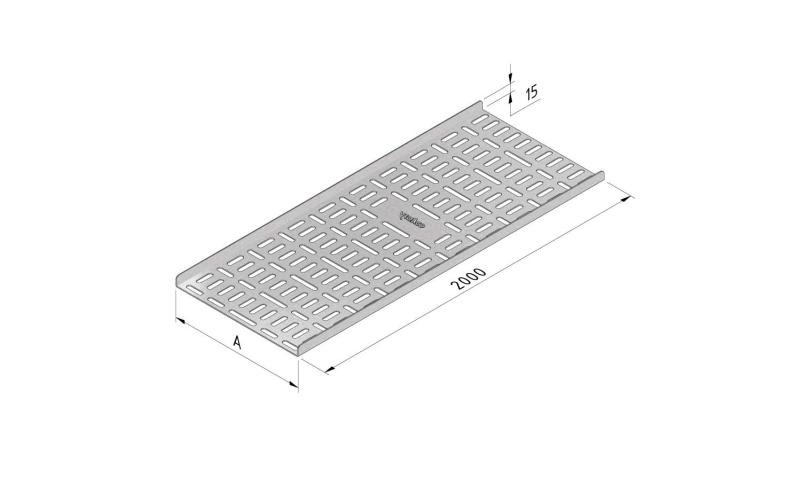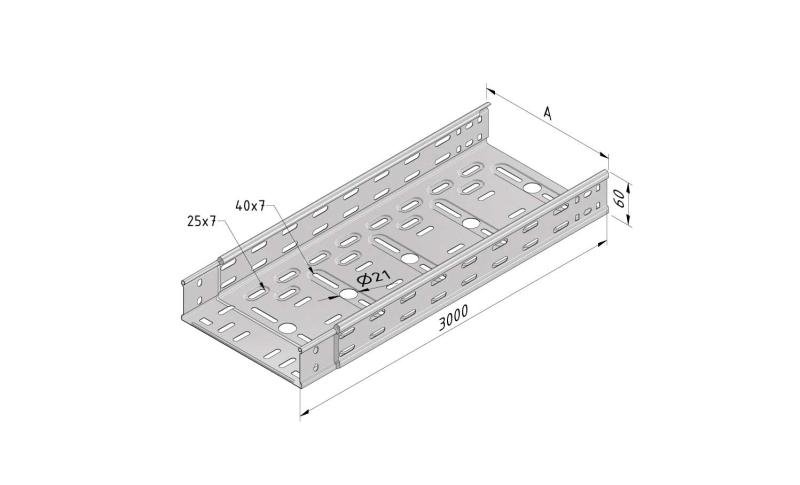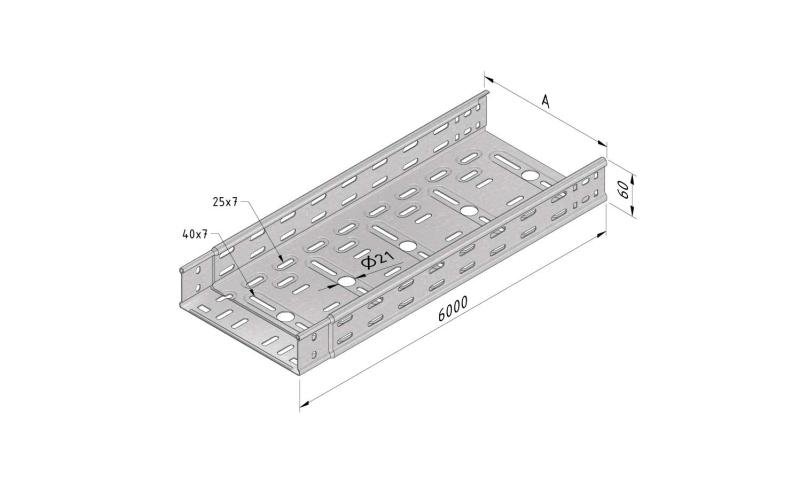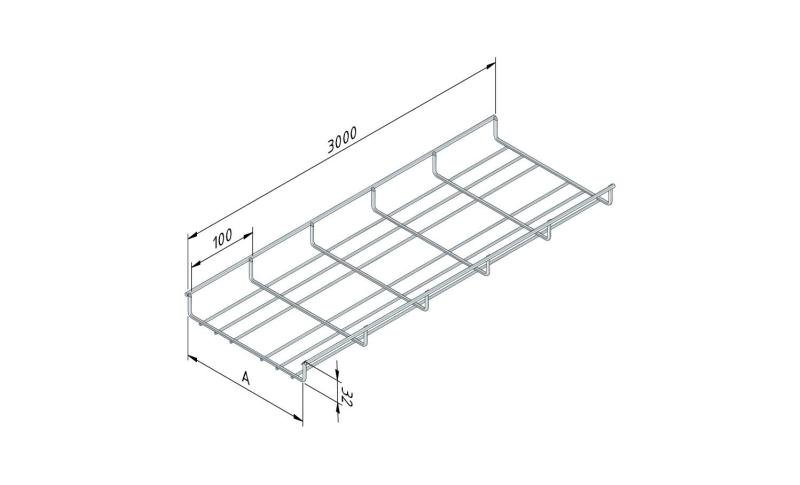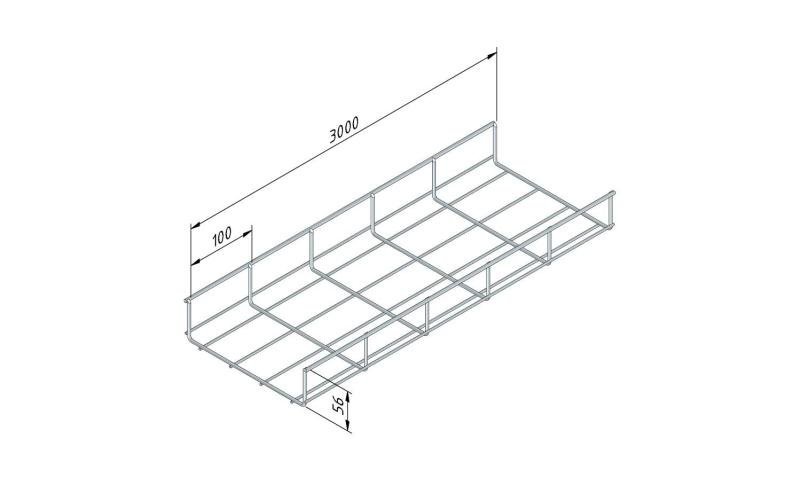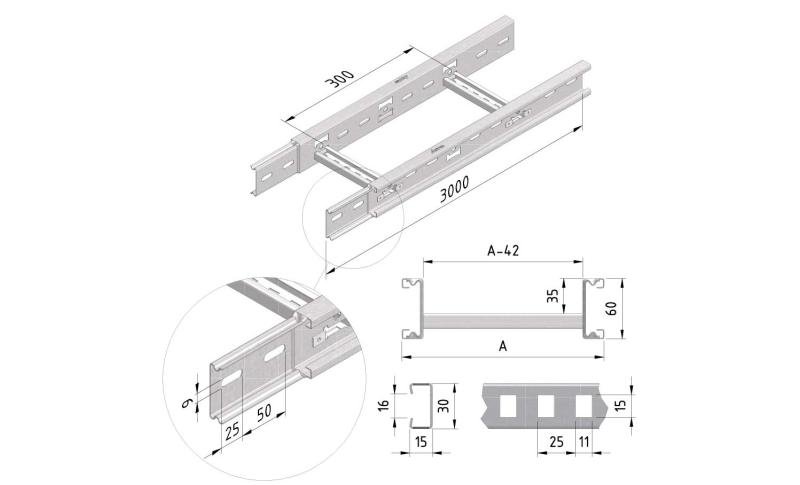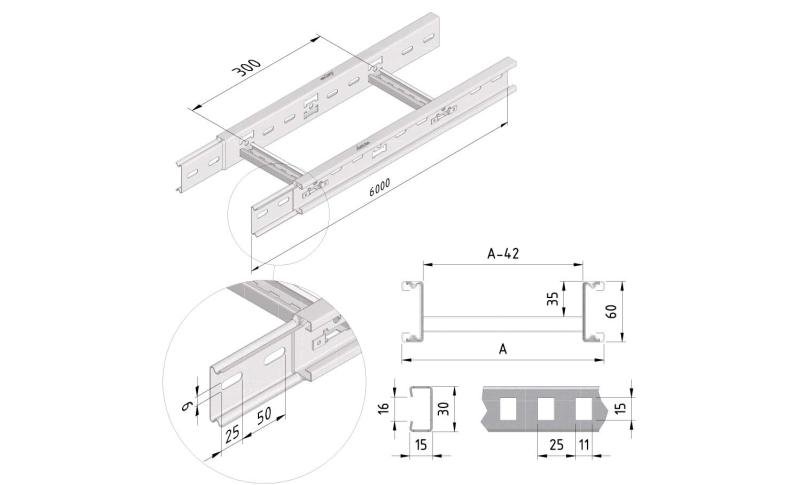L-Bracket
LB110
L-Bracket
LB110
Coated finishing available on demand. RAL colour code to be confirmed on your order.
| SKU | Article code | Finishing | Dimension A | F (kN) | Packaging | |||
|---|---|---|---|---|---|---|---|---|
|
|
17101 |
LB110-075-EG |
EG
|
100
|
0.45
|
10
|
Default
|
|
|
|
17102 |
LB110-100-EG |
EG
|
125
|
0.45
|
10
|
Default
|
|
|
|
17103 |
LB110-150-EG |
EG
|
175
|
0.45
|
10
|
Default
|
|
|
|
17104 |
LB110-200-EG |
EG
|
225
|
0.45
|
10
|
Default
|
|
|
|
17105 |
LB110-300-EG |
EG
|
330
|
0.45
|
10
|
Default
|
|
|
|
17106 |
LB110-400-EG |
EG
|
430
|
0.45
|
10
|
Default
|
|
|
|
14294 |
LB110-075-DG |
DG
|
100
|
0.45
|
|
|
|
|
|
14295 |
LB110-100-DG |
DG
|
125
|
0.45
|
10
|
|
|
|
|
14296 |
LB110-150-DG |
DG
|
175
|
0.45
|
10
|
|
|
|
|
14297 |
LB110-200-DG |
DG
|
229
|
0.45
|
10
|
|
|
|
|
17097 |
LB110-300-DG |
DG
|
100
|
0.45
|
10
|
|
|
|
|
17098 |
LB110-400-DG |
DG
|
430
|
0.45
|
10
|
|
|







